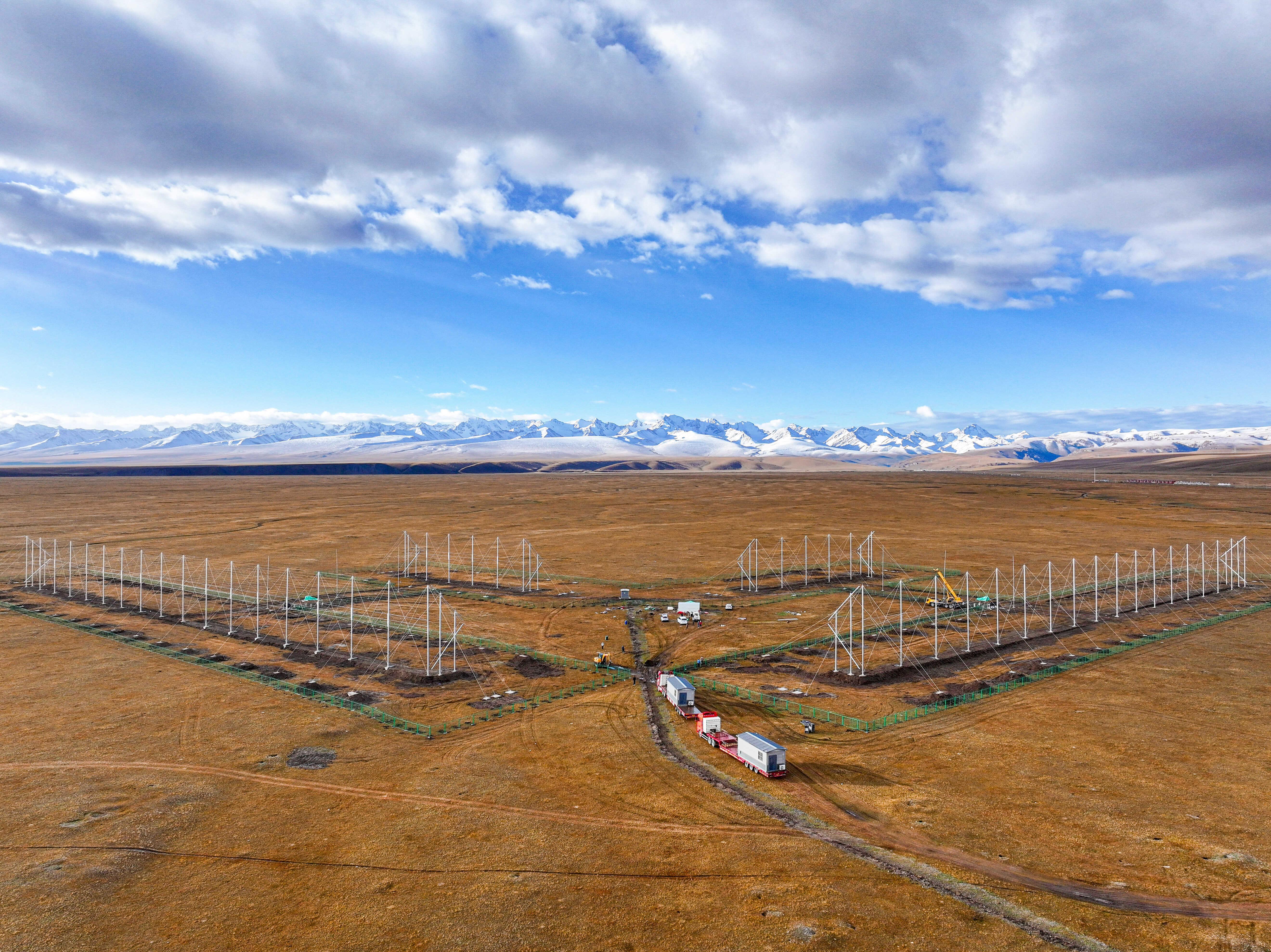
Chinese scientists, in collaboration with international organizations, have initiated a global program to establish the most complete ground monitoring chain to explore the fundamental physical processes and dynamic mechanisms of space weather.
Five new institutions signed cooperation agreements with the National Space Science Center of Chinese Academy of Sciences, the lead institute of the International Meridian Circle Program (IMCP), at the International Big Science Program Forum held during the Second Belt and Road Conference on Science and Technology Exchange in Chengdu, Sichuan province, on Thursday. These cooperation agreements mark the initiation of the IMCP Big Science Program by the global science community.
ALSO READ: China's 33rd rocket launch in '25 puts new satellite into orbit
In the framework of the IMCP Big Science Program, 36 cooperation agreements and collaborative intentions have been formed with a wide range of international organizations and research institutions.
"Building upon the Chinese Meridian Project, Chinese scientists originally proposed the initiative to establish the most complete ground monitoring chain along the 120°E-60°W meridian circle, expanding into a globally integrated, multidisciplinary and multiparameter detection network," said Wang Chi, general commander of the IMCP.
READ MORE: China's space station delivers new samples for research
Geospace, as the fourth domain of human activities, is the primary domain for high-tech activities such as space flight, communications, navigation and the exploitation and utilization of space resources. Space weather, resulting from solar activity, can cause abrupt, frequent and intense disruptions in the geospace environment, occasionally leading to non-traditional natural disasters, Wang noted, highlighting the need to understand the characteristics and laws of change in geospace.
Wang said the program will operate for over 11 years to cover a complete solar cycle, enabling comprehensive detection of geospace and study of space weather.
READ MORE: UN space chief: China advances tech, boosts global space cooperation
During this period, IMCP will develop into a global space weather research community. Leveraging diversified observation methodologies and a globally distributed monitoring network, the IMCP will drive groundbreaking theoretical innovations and technological breakthroughs in space weather research. This comprehensive approach will provide crucial scientific support for enhancing global preparedness against space weather hazards, he said.
By establishing an integrated observation system spanning from the Sun to the Earth's upper atmosphere, the program will deliver unique solutions for understanding planetary habitability and promoting the peaceful use of outer space, he added.
"We are expanding from regional space weather early warning to a global space weather early warning system," he said. "The IMCP is a concrete step toward building a community with a shared future for humanity in the field of space science."
Xi Zhimiao contributed to the story.


